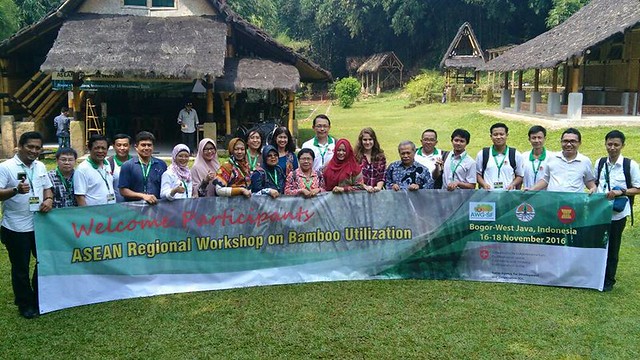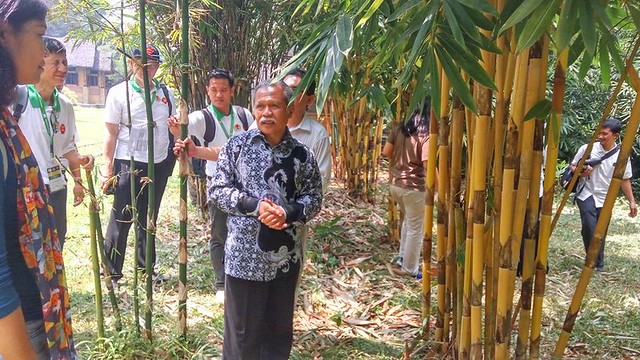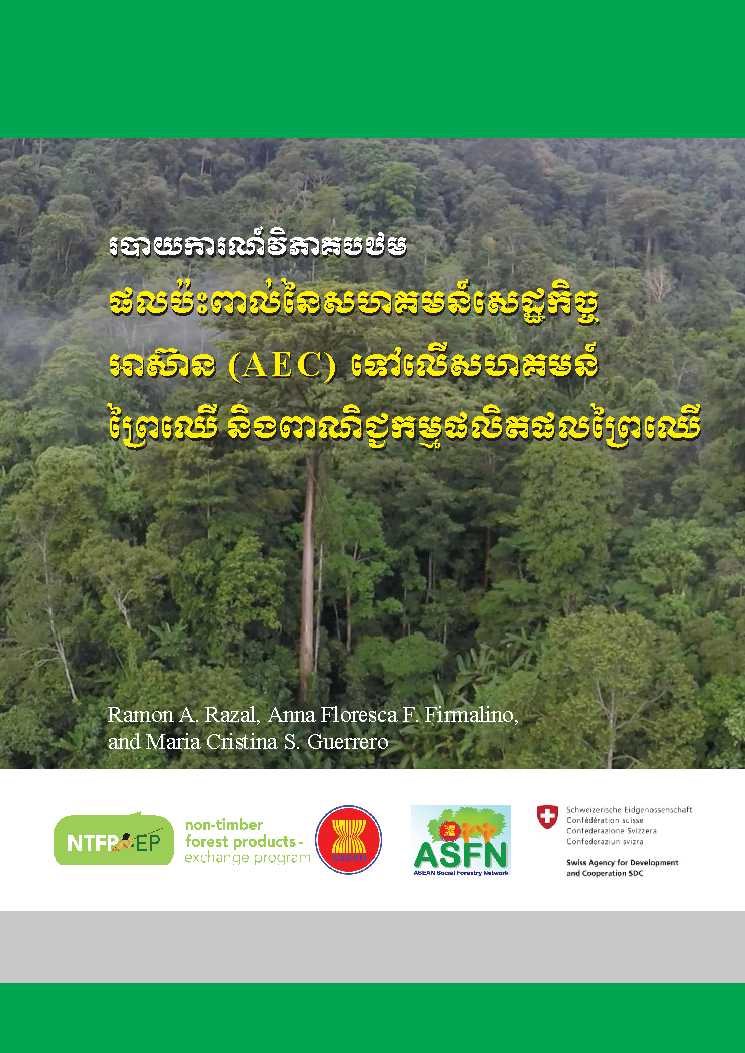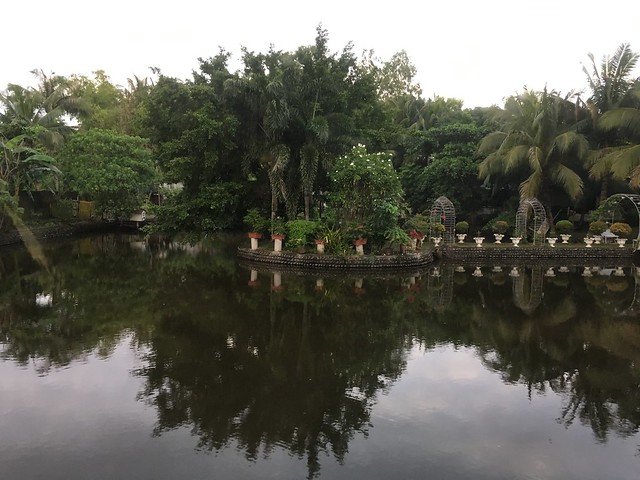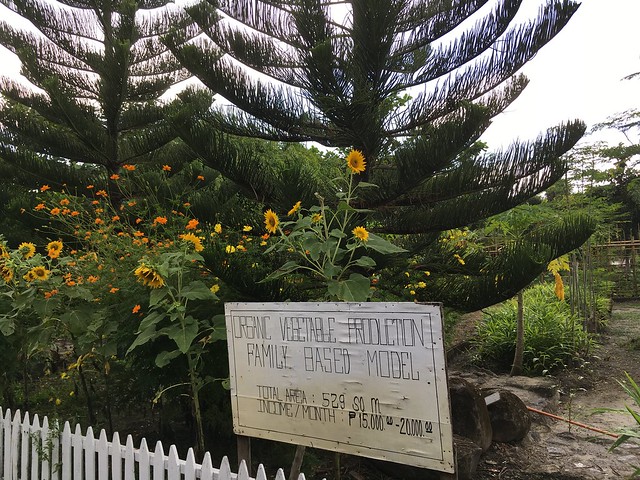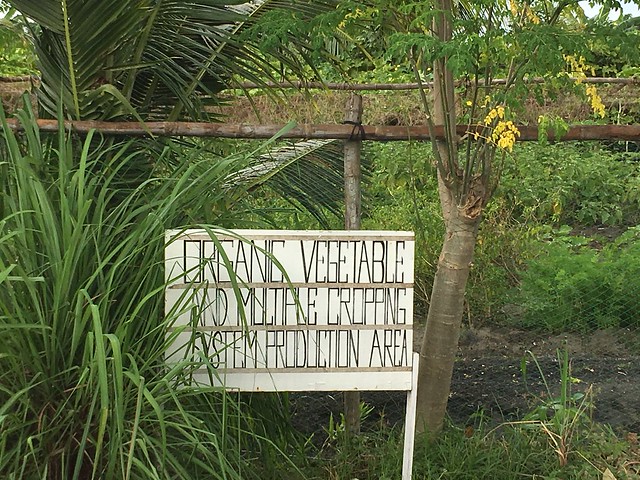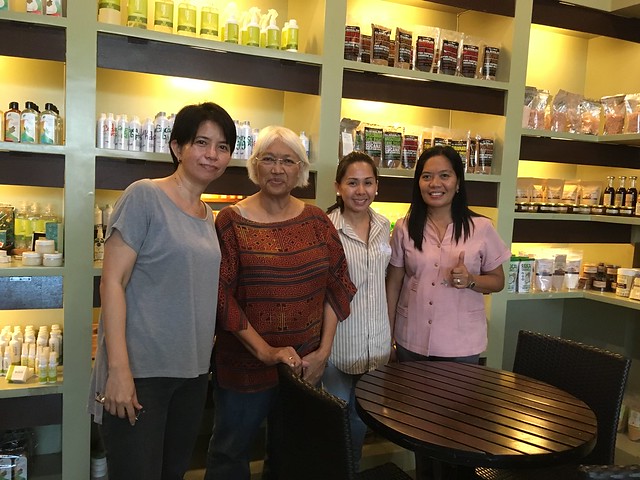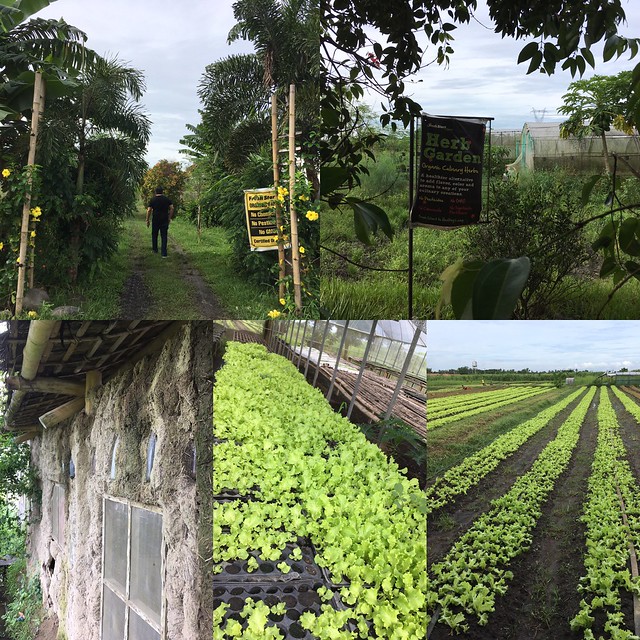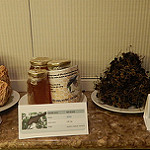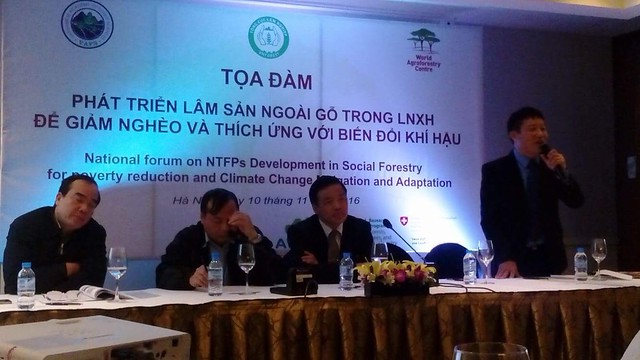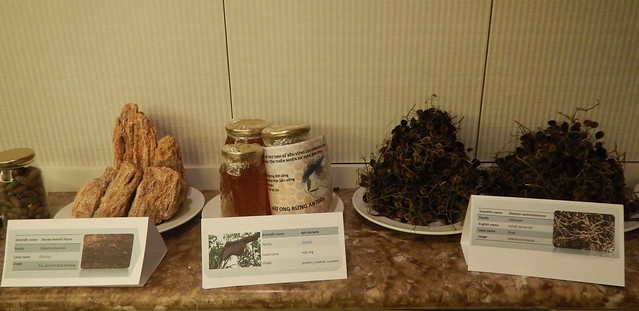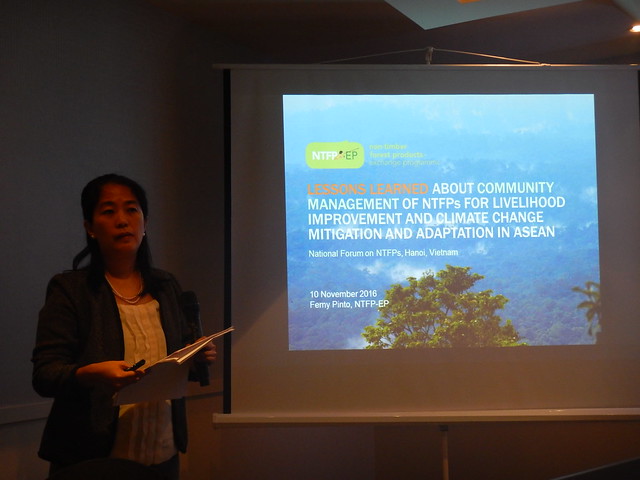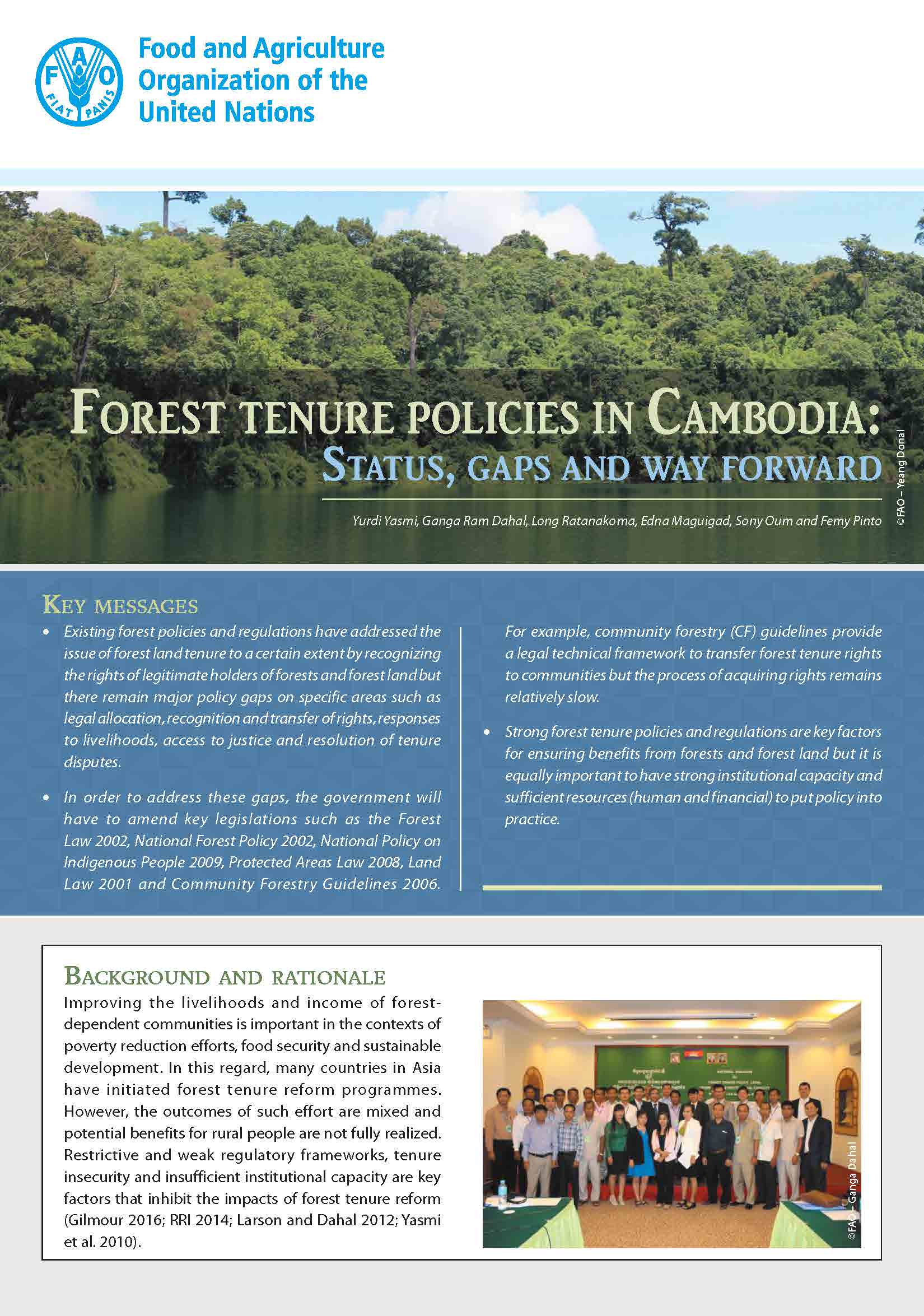BOGOR, Indonesia – The ASEAN Working Group on Social Forestry (AWG-SF), formerly known as ASEAN Social Forestry Network (ASFN) organized the ASEAN Regional Workshop on Bamboo Utilization as mandated by the ASEAN Senior Officials in Forestry (ASOF). Bamboo utilization development in ASEAN contributes both to the Strategic Action Plan (SPA) for the ASEAN Working Group on Forest Products Development (AWG-FPD) as well as the AWG-SF. The objectives of the workshop were 1) to provide a venue for the ASEAN Member States to share and update on the current status of bamboo utilization development, its challenges and opportunities in each country and at the regional level and 2) to provide the opportunity to identify potentials in bamboo utilization development in ASEAN, and the areas of common interest to develop further in contributing to the SPA of the ASEAN Cooperation in Forestry 2016-2025. The workshop was attended by over 50 persons with representatives from 7 ASEAN member states namely Indonesia, Laos, Malaysia, Myanmar, the Philippines, Thailand, and Vietnam.
Participants of the ASEAN Regional Workshop on Bamboo Utilization held in 16-18 November 2016 at Bogor, Indonesia
Presentations on the first day were made by the Forestry and Environment Research, Development and Innovation Agency (FOERDIA) of the Ministry of Environment and Forestry (MOEF) of Indonesia on the status of bamboo silviculture, tissue culture, lamination and socio-economic and climate change research in the Indonesian context.
Dr. Eri Indrawan of the Directorate General of Social Forestry and Environment Partnership of MOEF also presented on the issues facing bamboo product development such as land conversion, limited technology at the community level and the lack of integrated policies. This is despite the fact that Indonesia is one of the largest suppliers of bamboo in the world and that, according to Dr. Anto Rimbawanto of FOERDIA, that 1.5B people in the world depend on bamboo. Dr Rimbawanto stressed the importance of the creative economy in the bamboo industry and the importance of innovation.
In the afternoon, presentations from the ASEAN Member States (AMS) were made by participants from Malaysia, Thailand and Vietnam. Dr. Sapol Boonsermsuk of the Royal Forestry Department of Thailand underscored the various uses of bamboo from activated charcoal, and bamboo fiber among other products while Dr. Phan Van Thang of the Vietnamese Research Centre for Non-Timber Forest Products shared the limitations of bamboo development in Vietnam but also stressed possible remedies on tax and credit policies as well as promotions in handicraft villages and international cooperation.
The second day of the workshop was spent at the Indonesian Bamboo Foundation (YBI) in Cibinong, West Java where Mr. Jatnika, the founder of YBI provided inputs in 30 different species of indigenous Bamboo found on the Foundation grounds as well as on proper timing of harvest amount other points.
Mr Jatnika of the Indonesian Bamboo Foundation (YBI) shares about proper harvesting time of bamboo stands
On the third day of the workshop, AMS presentations continued from the Philippines and Myanmar with Dir Romulo Aggangan presenting trends in the bamboo industry as well as progressive policies in the Philippines where 25% of all government elementary school chairs and tables are required to be made of bamboo. Unfortunately, the bamboo production in the country is not enough to meet this requirement so efforts in production are important. Mr. Aung Zaw Moe of the Forest Research Institute Myanmar presented that bamboo plantations should also be encouraged by the government and also rural communities. He also stressed that the traditional artistic skill of making bamboo products should be preserved.
Professor Elizabeth Widjaja, Principal Scientist, also presented on bamboo mapping and Mr. Pon S. Purajatnika, Honorary Chairman of the Indonesian Architects Association-West Java Chapter amazed the audience with examples of bamboo architecture in resorts as far as the Maldives.
Maria Cristina S. Guerrero of NTPF-EP presents the results of the ASEAN NTFP technology study as well as the impact study of the
ASEAN Economic Community on the forestry sector
NTFP-EP Senior Adviser, Maria Cristina Guerrero, closed the last panel session by sharing the results of NTFP technology scoping study lead by Dr Ramon Razal of the University of the Philippines –Los Banos College of Forestry and Natural Resources (UPLB-CFNR). She stressed that there was much potential and opportunity to exchange across the region to share learnings through an expert group and learning network on NTFP technologies. She also shared the possible opportunities and impacts of forestry within the liberalization of the ASEAN Economic Community and stressed that ASEAN countries should not fear collaboration as that would be one of the keys to success in competition with larger economic blocks and nation states outside ASEAN.
In the closing session Dr Dede Rohadi of FOERDIA stressed that concerted effort was needed to determine why the efforts to expand bamboo planting among local farmers in the region are still lacking despite mature technologies and demand. He encouraged research in that area.
The meeting ended with further discussion and inputs on the Strategic Plan of Action for ASEAN Cooperation on Social on Social Forestry.


